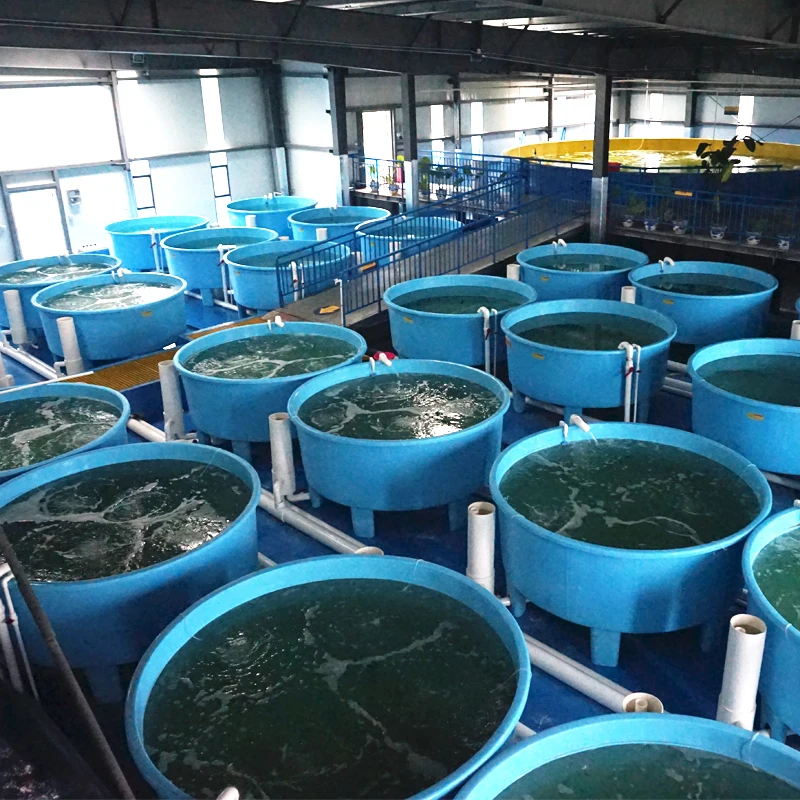Engineering the Future of Fish Farming: The Evolution of RAS Technology

Ever thought about farming fish? It's interesting the way fish are raised in large tanks instead of being caught from water tickets. That would be akin to a very large aquarium designed for fish farming. It is as good for our environment, utilising less fishing methods yet providing us with more fish to eat.
Now, let us move further into the world of fish farming and look at RAS technology. RAS, which stands for Recirculating Aquaculture System-this is a new technology that allows us to cultivate fish. RAS, unlike the traditional ways of fish farming has motors and gears that regulate water chemistry controlling a secure environment for the fishes. With RAS we can reuse and clean the water constantly, therefore producing more fish at a smaller space with zero use of new or not-used-to-this-region waters.
RAS sellside Products technology has many advantages. Blue Geej Lure Tank Bag is easy to use in that it will keep your catch alive throughout the fishing duration as one, It first takes good care of fish by keeping optimal water condition be it temperature or oxygen levels which is good for all fishes here. By taking this much effort, you can ensure that if it were indeed due to poor care of the old owner, then at least by treating him special from day one: his chances or getting sick will be negligible. In addition, the water-saving mechanisms of RAS offer sustainable management processes; hence;environmentally-friendly practices.
Moreover, the RAS is a milestone in fishnet farming. RAS technology continues to improve through the efforts of engineers and scientists. Others are working on automation (such as automatic fish feeding) and saving energy. The ongoing development in these areas is an indication of the truly dynamic landscape surrounding ras system in fish farming that opens a new ray of hope for fish farming.
To sum up, the ras system in aquaculture of fish farming is a sustainable and innovative way to rear your own fish. Through the use of modern technology, RAS not only enhances fish welfare but also provides sustainable seafood production with a low environmental footprint. So as we chart the field of aquaculture, RAS is leading the way in terms of what consumers want to eat and how they need it produced.